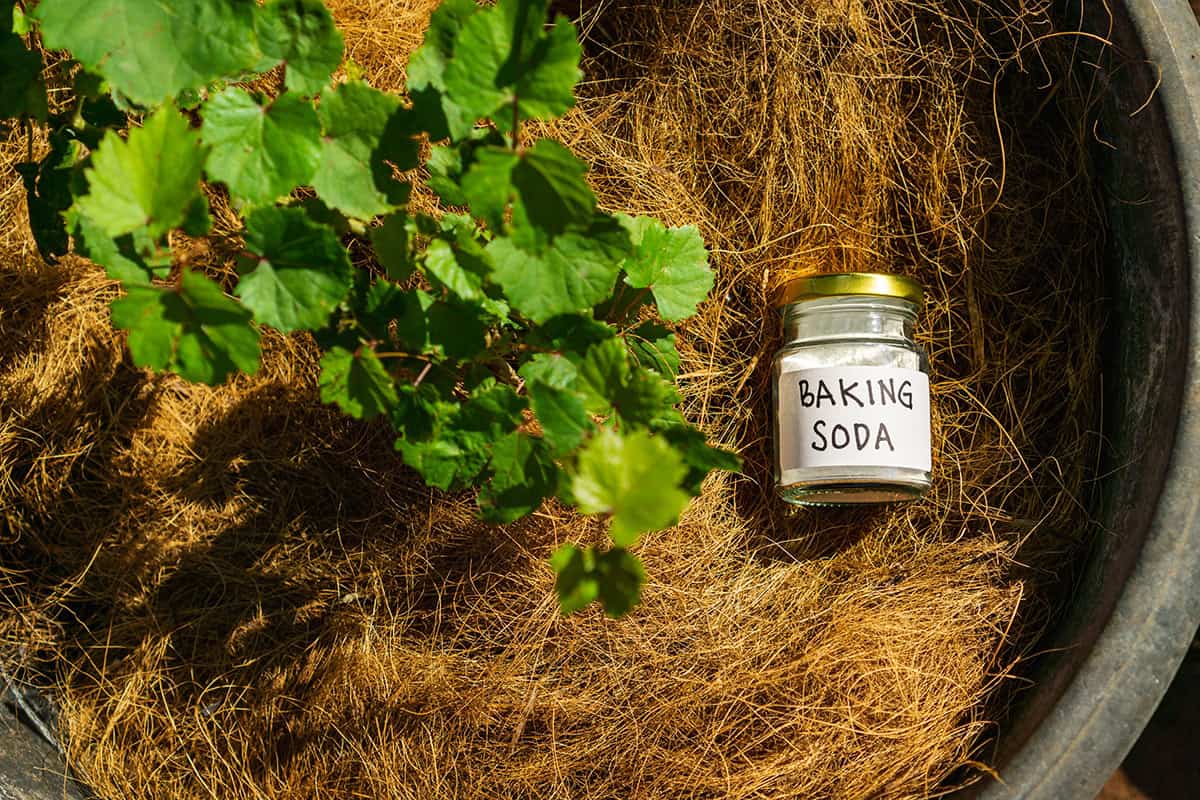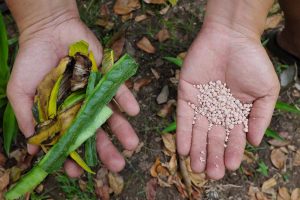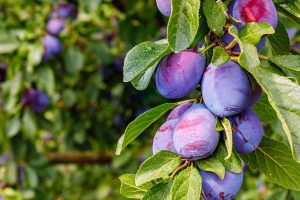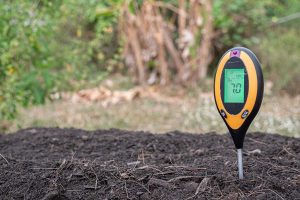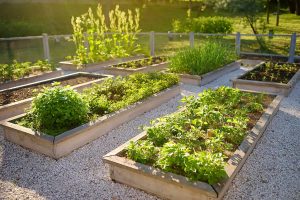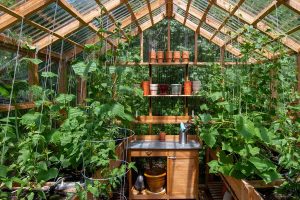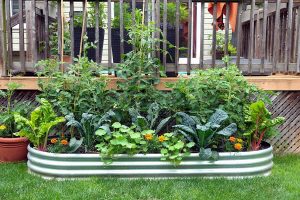If you’re looking for eco-friendly gardening tips, baking soda is about to become your new best friend. Keep reading to learn how this common household item can make a big difference in your garden.
Table of Contents
Ways to Use Baking Soda In the Garden
Baking soda’s pretty versatile out there—use it for plant care, cleaning, or even to keep some pests in check. It’s handy for a bunch of common garden headaches.
Clean Garden Tools
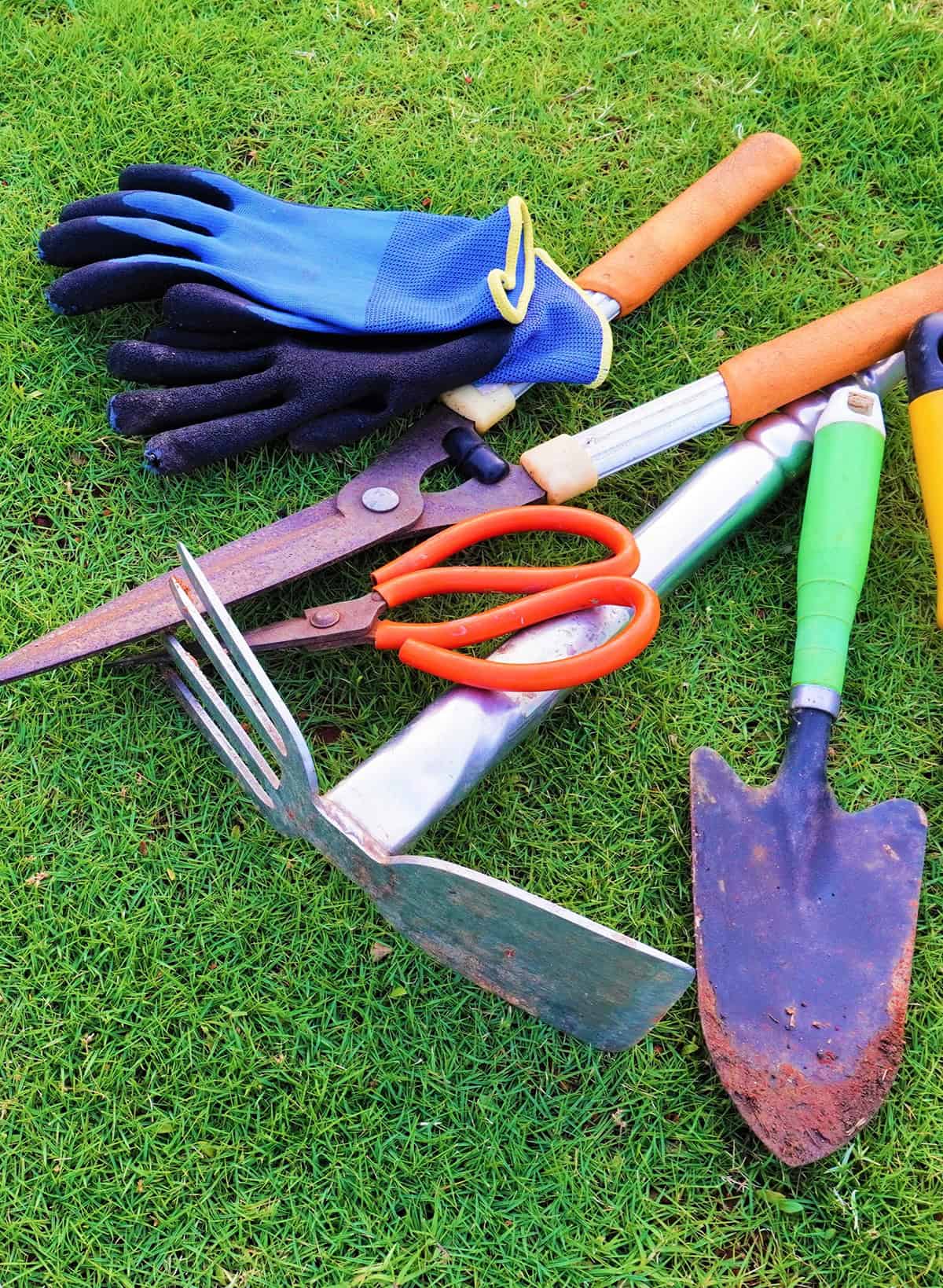
Garden tools get caked with dirt and sticky sap. Baking soda, mixed with a splash of water, makes a gentle scrub.
Just dust your trowels or spades with dry baking soda and scrub with a damp sponge or brush. Rinse well when you’re done.
For funky smells, soak your tools in baking soda and warm water for a bit. It helps sanitize and freshen them up. Dry them off completely to keep rust at bay.
Regular cleaning keeps your tools in good shape. A deeper clean with baking soda every so often can really help them last.
Deodorize Compost Bins
Compost bins can get pretty smelly, especially when it’s hot or damp. Baking soda helps tone down those odors without messing up your compost.
Sprinkle a little directly onto the stinky spots, then stir it in. Don’t go overboard—about a quarter cup a week is enough for a small bin.
Keep an eye (or nose) on things and adjust as needed. Stash a box of baking soda nearby so you’re always ready to tackle bad smells.
Kill Fungus on Plants
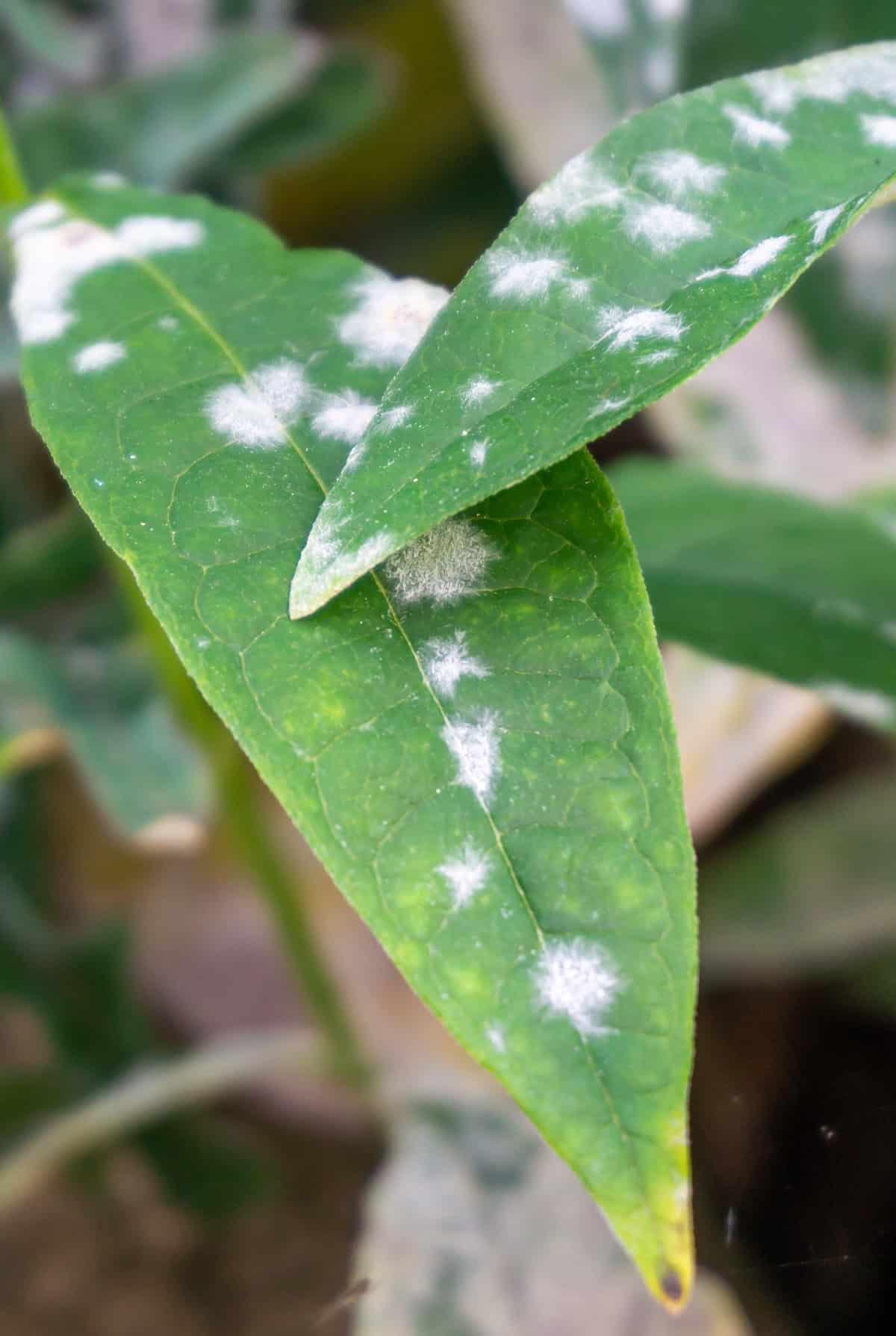
Leaf spot, blight, and mildew are a pain for gardeners. Baking soda can help with mild fungal issues and slow the spread.
Mix 1 tablespoon baking soda with a quart of water and add a couple drops of mild dish soap.
Spray this on affected leaves and stems, but only in the early morning or late afternoon—otherwise, you risk burning the leaves. If it’s especially humid or the problem keeps coming back, you can use it a bit more often, but don’t overdo it or you might stress your plants.
Reduce Powdery Mildew
Powdery mildew shows up as a white, dusty coating, especially when it’s humid. Baking soda can help make things less inviting for the fungus.
Dissolve 1 teaspoon baking soda and a drop of liquid soap in a quart of water. Give it a good shake before each use.
Spray once a week on affected plants—cucumbers, squash, roses, you name it. Start right when you see that telltale powder.
If you notice leaf damage, stop and rinse with water. Used regularly, this helps keep mildew from coming back, and it won’t bother the good bugs.
Control Ants Naturally
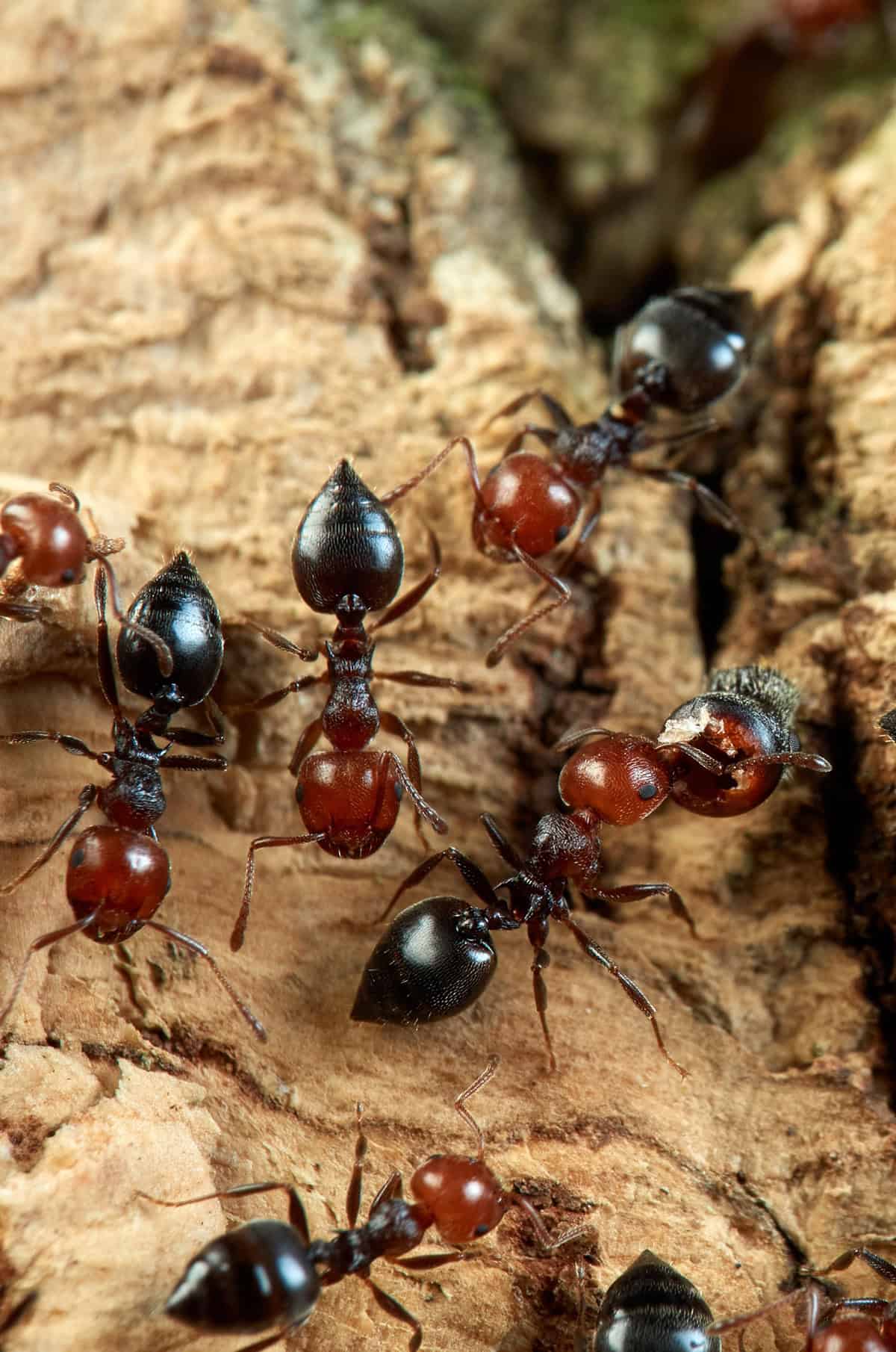
Ants can mess with soil and even damage roots. Baking soda is a gentle way to get them to move along.
Sprinkle it on ant mounds or trails. For nests, mix baking soda with powdered sugar, half and half. The sugar draws them in, the baking soda does the rest.
Keep the mix away from pets. You might need to reapply every few days until the ants get the message. It’s not instant, but it works over time around crops and patios.
Deter Cabbage Worms
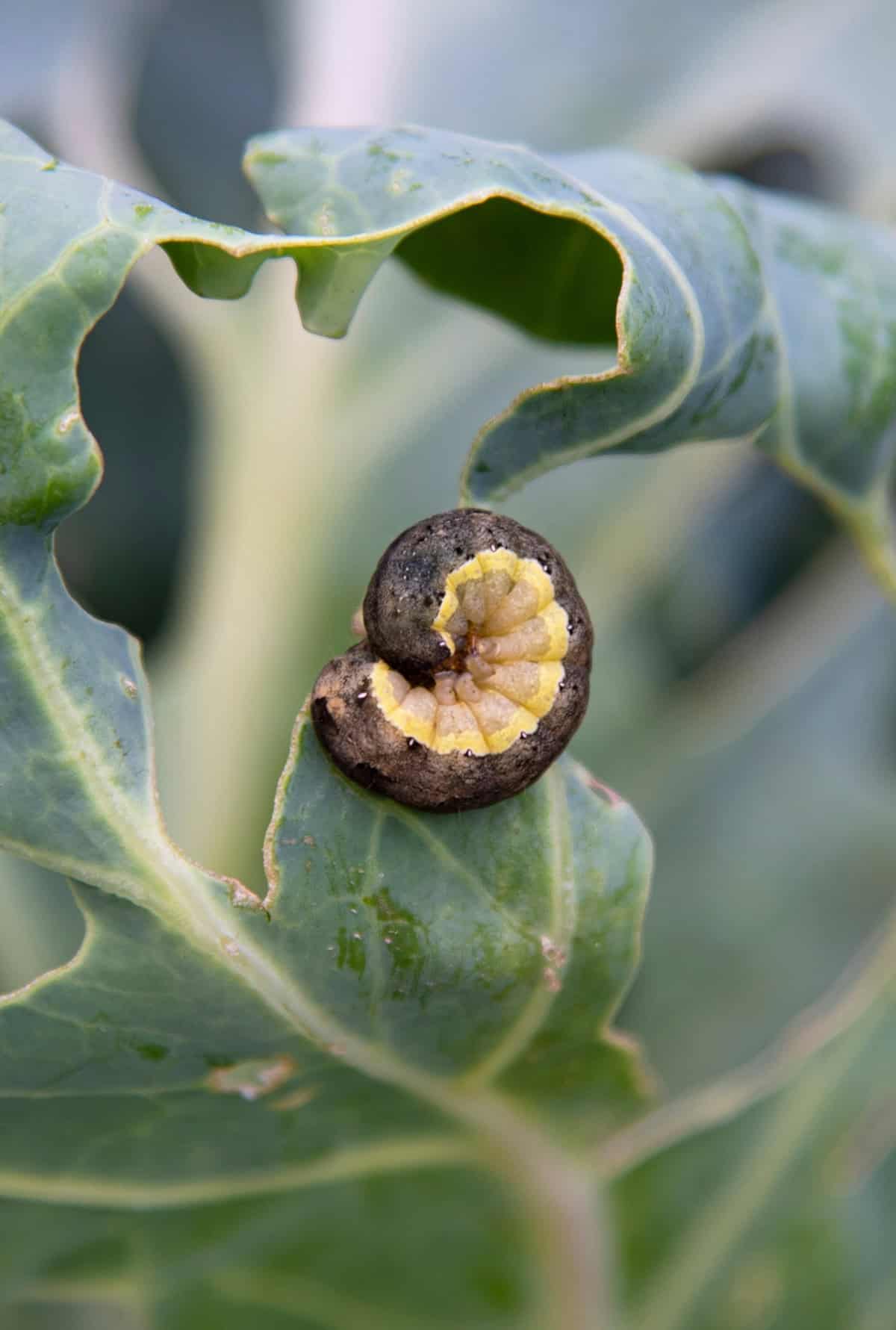
Cabbage worms chew holes in cabbage, broccoli, and kale. Dusting with baking soda can help keep them in check.
Combine equal parts baking soda and flour, then sprinkle over the leaves, especially underneath where worms like to hide.
Rain or watering will wash it off, so reapply as needed. If you spot a lot of worms, you may want to pick them off or try other natural methods too.
Sweeten Tomato Flavor
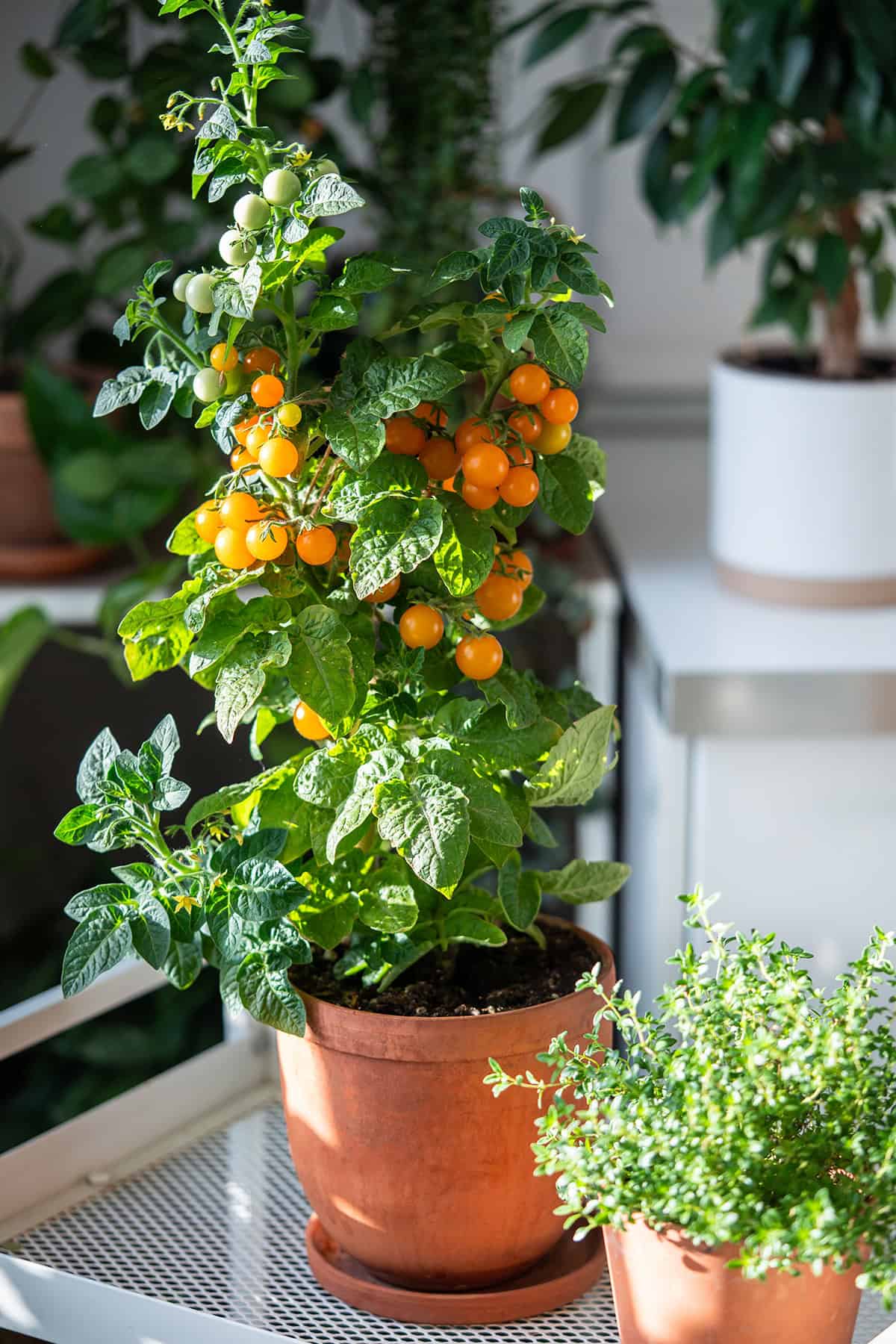
Some gardeners swear baking soda can mellow out acidic soil, making tomatoes taste sweeter. If your soil is on the acidic side and your tomatoes are a bit tart, it’s worth a try.
Sprinkle just a little—no more than a tablespoon—around the base of each plant, then water it in.
Check soil pH with a kit and don’t use this trick too often; too much baking soda isn’t great for the soil. If your tomatoes taste fine, you can probably skip it.
Test Soil pH at Home
Want a quick idea of your soil’s pH? Baking soda can give you a ballpark answer.
Take a sample of soil, put it in a clean cup, and moisten with distilled water.
Sprinkle baking soda on top. If it bubbles, your soil is probably acidic.
For a bigger picture, try vinegar on another sample (bubbles mean alkaline). These home tests are more for trends than exact numbers—if you need specifics, a pro test is better.
Freshen Up Birdbaths
Birdbaths get grimy fast. Baking soda is a safe, easy way to clean them without leaving anything behind that could hurt wildlife.
Sprinkle in a few tablespoons, scrub with a brush or sponge, then rinse well before adding water back in.
Repeat every couple weeks to keep things clean and inviting for the birds. Skip harsh soaps—they can leave residues baking soda won’t.
Remove Slime From Slugs
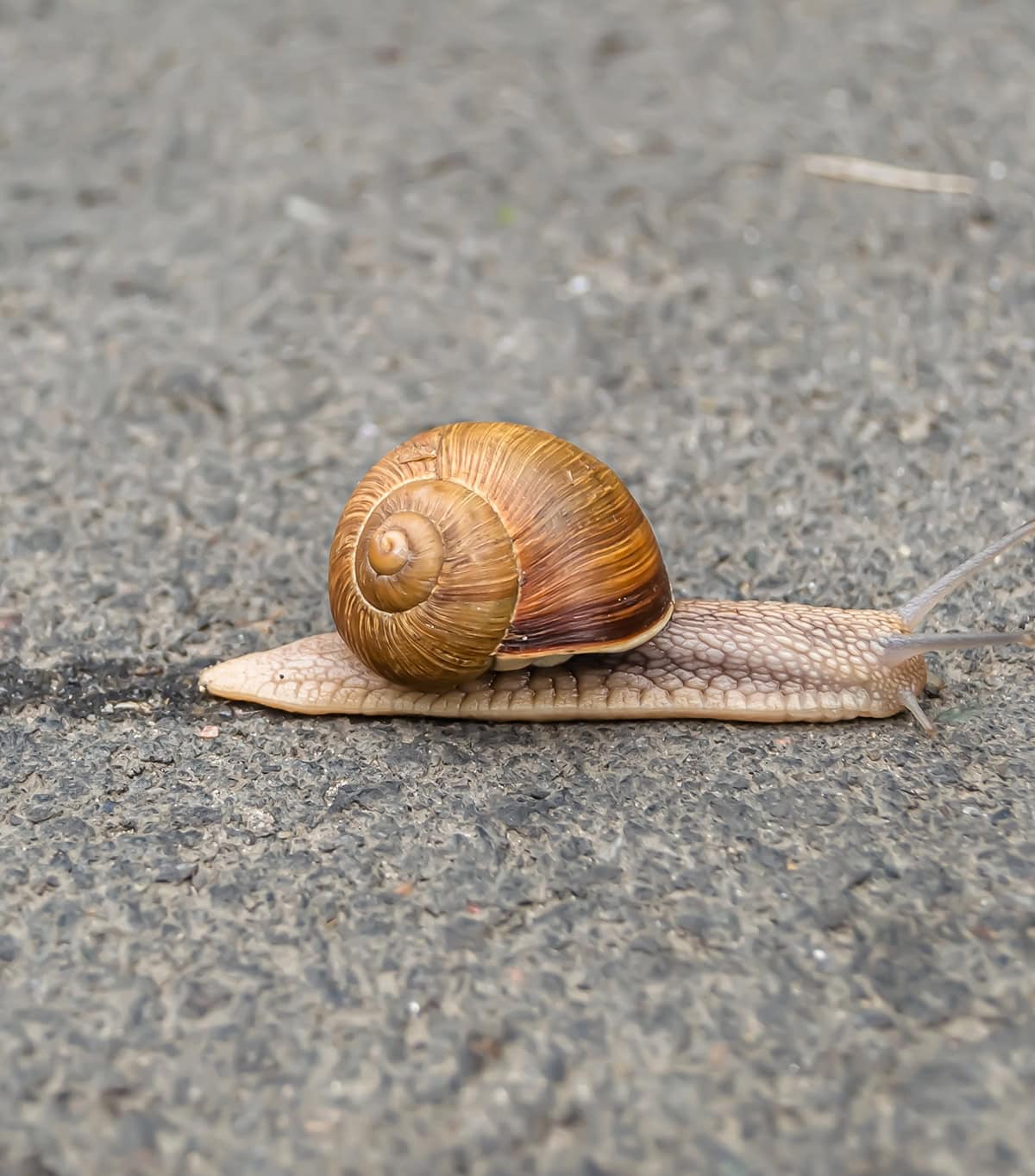
Slugs leave behind sticky trails on pots and walkways. Baking soda can help dry up and scrub away that mess.
Sprinkle a bit on the slime, let it sit a few minutes, then scrub or rinse off.
It won’t kill slugs, but it does make cleanup easier. Keep things dry and clear out dead plant bits to make your space less appealing to them.
Clean Planters and Pots
Old pots collect salts, algae, and stubborn stains. Baking soda paste (just add a little water) scrubs them clean.
Use a stiff brush or cloth to work the paste into the inside and outside of clay, plastic, or ceramic pots. Rinse well and dry in the sun.
Giving pots a good scrub with baking soda before repotting helps prevent disease and gives your containers a fresh start.
Treat Black Spot on Roses
Black spot hits roses hard, showing up as those unmistakable black patches on the leaves. If you catch it early, baking soda can help slow things down.
Mix up a solution using 1 tablespoon each of baking soda and horticultural oil stirred into a gallon of water. Spray it over the leaves—don’t forget the undersides.
Do this about once a week while your roses are growing, and after any heavy rain or a bout of morning dew. Definitely avoid spraying in the blazing midday sun.
Pull off and toss any leaves that look infected. Staying on top of this routine with baking soda gives you a decent shot at keeping black spot from taking over your roses.
